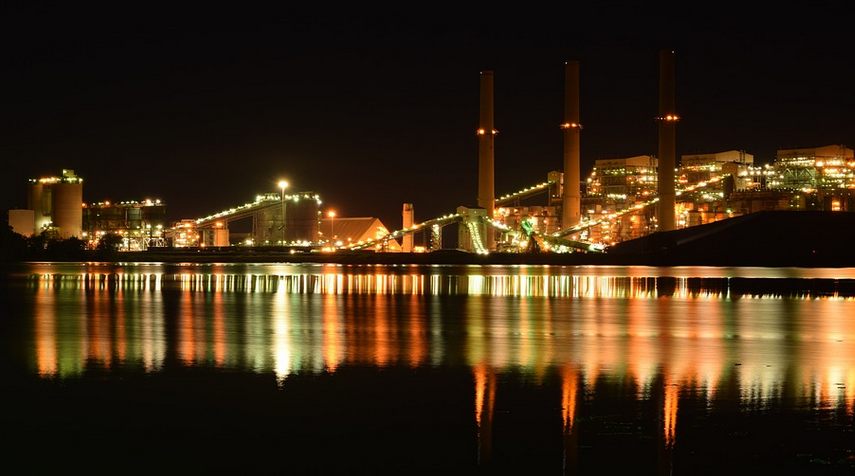Understanding the Fundamentals of Weld Joint Types
Welding is a versatile fabrication process that joins metals together by melting them to fuse them at specific points. From industrial machinery to everyday household objects, welding plays a vital role in shaping our world. To ensure these welds are strong and reliable, it’s important to understand the different types of weld joints and the symbols used to describe them. This will help you comprehend how welding works and appreciate its craftsmanship.
Welding joints represent the connection between two pieces of metal and can be broadly classified into three main categories: butt joints, lap joints, and fillet welds.
**Butt Joints:**
Typically used for thick materials where edges align directly with each other, butt joints create a straight line at the joint. The metal pieces are joined by welding along the entire length of the overlap. This is often used in construction projects or when repairing large structures.
A common example is a steel beam bolted to a steel column; the beams meet end-to-end, and the weld melts both edges together. Butt joints are easy to understand and implement, particularly for single layers of metal. But when dealing with complex shapes, it’s essential to ensure proper alignment to avoid any misalignment or gaps.
**Lap Joints:**
These joints involve one piece of metal overlapping the other by a specific length. The overlapping ends are then welded together in an angled fashion. This is particularly useful when joining thin sheets because it provides more surface area for structural support and strength.
Let’s say you want to repair a broken part of a sheet-metal car body; you could use a lap joint to create a strong connection where the damaged part overlaps the rest of the metal. Lap joints often need precise measurements of overlap length and angle to ensure proper fusion.
**Fillet Welds:**
Unlike butt and lap joints, fillet welds are used for joining two pieces of metal at an angle. They create a small, smooth surface that provides strength and support. This type of weld is ideal for areas where the connection needs to be strong yet aesthetically pleasing.
Fillet welds can be used in various industries such as shipbuilding, automotive manufacturing, and construction. They are often found in bridges, buildings, and other structures requiring a precise and durable joint. The fillet’s small size allows it to connect smaller pieces of metal without needing an extensive weld.
Interpreting Weld Symbols: An Essential Tool for Welding Professionals
Welding symbols play a crucial role in communication within the welding field. They provide standard codes and visuals that allow welders, inspectors, and engineers to understand each other’s language. These symbols are based on standardized conventions defined by organizations like AWS (American Welding Society).
Understanding these symbols is essential for anyone involved in welding or metal fabrication. It helps ensure consistency and accuracy in weld procedure planning, material selection, and documentation.
**Basic Weld Symbol Components:**
1. **Weld symbol type:** A single shape (e.g., a circle with a dot) denotes the type of weld joint. This is often referred to as the “weld symbol” or “welding symbol.” 2. **Joint Type:** A line representing the direction and orientation of the weld pool. It can be straight, angled, or even curved depending on the specific joint type being joined. 3. **Weld Location:** This is usually indicated by a series of lines that depict how the joint will be welded in relation to the rest of the structure. 4. **Other Symbols:** These include notes about welding process, material thickness, and additional information relevant to the job.
**Examples of Weld Symbols:
** Butt Joints**: A straight line with a circle at the end, symbolizing a single weld. **Lap Joints**: A curved arrow pointing to the direction of the weld overlap with symbols for thickness and length.
**Further Learning Resources:**
There are various resources available online and offline to help you learn more about welding joints and symbols.
– **AWS (American Welding Society):** [https://www.aws.org/](https://www.aws.org/)
– **Welding Institute (WI):** [https://www.weldinginstitute.com/](https://www.weldinginstitute.com/)
By understanding the different types of weld joints and their corresponding symbols, you can contribute to a more efficient and safer welding process.
Welding is an art form that requires precision and attention to detail. By mastering these fundamental concepts, you can unlock your creativity and build stronger connections in the world around us.
